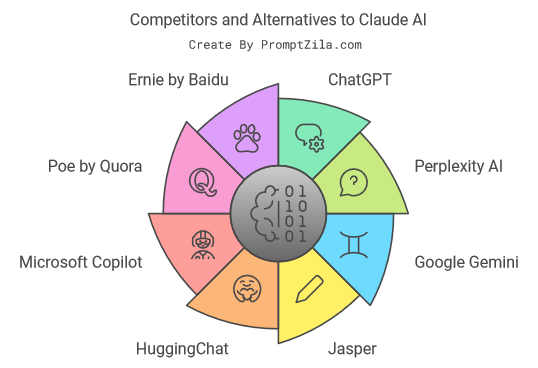
Introduction Alternatives to Claude AI
Artificial Intelligence is reshaping the way we interact with technology, and while Claude AI is a notable player in this field, several competitors offer compelling Claude AI alternatives. Having explored various AI platforms, I’ve compiled a list of the top 10 competitors and alternatives to Claude AI that you can use right now. Whether you’re a developer, content creator, or AI enthusiast, these tools provide a range of features to suit your needs.
4 Key Takeaways
- There are many alternatives to Claude AI, such as ChatGPT, Perplexity AI, Google Gemini, Jasper, etc. It Depends on How You See The Features these tools provide. Also, Google has done some amazing projects on Lucas and Mickey still learning(ai). These tools are for different purposes, like creating conversational interfaces, creating content, providing multilingual support, etc.
- This AI Tool X Can Do Y: Each option has its strengths and weaknesses. While ChatGPT can get into the weeds and give very context-heavy answers, sometimes the information supplied is just flat-out wrong. Jasper: Great at content creation; however, it is a paid tool that costs $39/month and up. It is important to understand these differences between both of them to choose the proper tool for your use case.
- Pricing Models and Accessibility Differ: Many AI tools are free, such as HuggingChat and YouChat. Other APIs, like Jasper and some parts of ChatGPT, are paid. Both Microsoft Copilot and Google Gemini are available in a limited release, and the new plan will shed more insight into specifics at scale.
- Integration within Ecosystems Increases Utility: The tools developed by major companies, e.g., Microsoft Copilot and Google Gemini, offer even more seamless integration within their associated ecosystem. This is especially helpful for Microsoft or Google fanatics, as most offer productivity and user experience enhancement.
Top 10 Competitors and Alternatives to Claude AI
1. ChatGPT
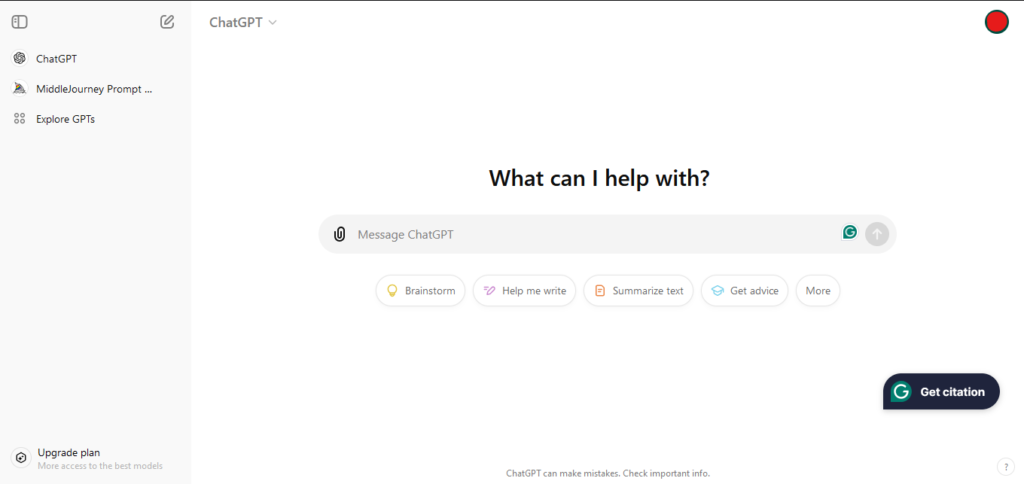
Developer: OpenAI
Features: ChatGPT is renowned for its conversational abilities. Widely used for generating text, coding assistance, and more, the latest version, GPT-4, offers multimodal capabilities, allowing it to handle text, image, and audio ChatGPT Prompts.
Website: ChatGPT
Pros and Cons
| Pros | Cons |
|---|---|
| Offers detailed and nuanced answers | Limited access to real-time data |
| Integrates with various applications | May provide factually inaccurate information occasionally |
Pricing: Free version available; ChatGPT Plus subscription at $20/month for advanced features like GPT-4 access.
Ratings: ★★★★☆ (4.7/5)
2. Perplexity AI
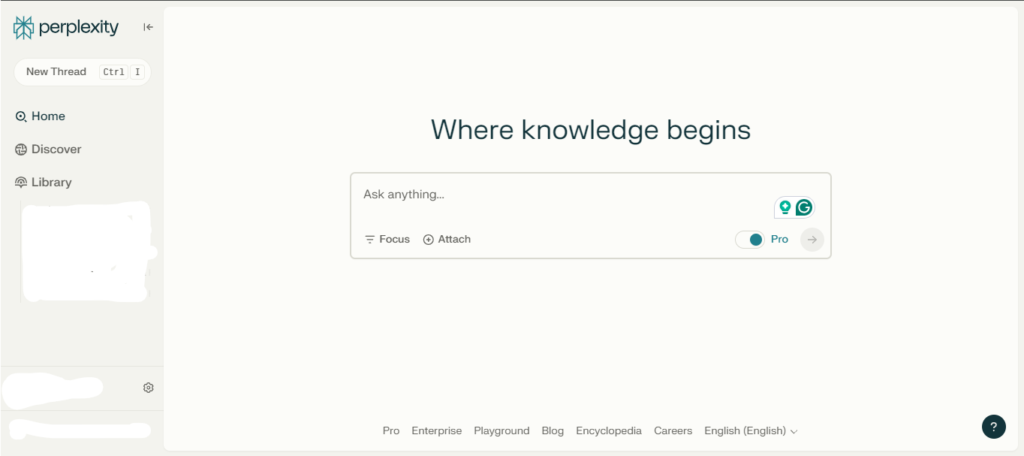
Developer: Perplexity AI
Features: Acts as a conversational search engine with real-time internet access. It provides citations for all data used in responses, making it ideal for research and fact-checking.
Website: Perplexity AI
Pros and Cons
| Pros | Cons |
|---|---|
| Accurate information with cited sources | Not ideal for complex content generation |
| Remembers query context |
Pricing: Free basic version; premium plans start at $9.99/month.
Ratings: ★★★★☆ (4.5/5)
3. Google Gemini

Developer: Google
Features: Google Gemini offers advanced translation and natural language processing capabilities. Known for its integration with Google’s ecosystem, it’s excellent for tasks requiring multilingual support.
Website: Google AI
Pros and Cons
| Pros | Cons |
|---|---|
| Excellent for multilingual tasks | Primarily focused on Google’s applications |
| Seamless integration with Google services | Limited availability at present |
Pricing: Currently in limited release; pricing details to be announced.
Ratings: ★★★★☆ (4.3/5)
[Note: Mentioning the current status of Google Gemini provides clarity.]
4. Jasper
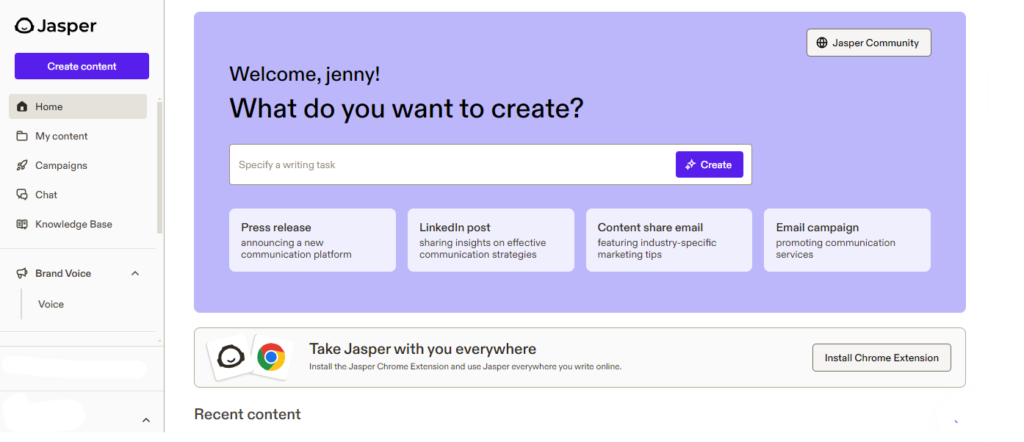
Developer: Jasper
Features: Focused on content creation, Jasper offers features like copy-editing and plagiarism checking. With over 50 writing templates, it’s a favorite among marketers and writers.
Website: Jasper AI
Pros and Cons
| Pros | Cons |
|---|---|
| Strong content generation capabilities | Paid service starting at $39/month |
| Customizable templates |
Pricing: Starts at $39/month; offers a 5-day free trial.
Ratings: ★★★★☆ (4.6/5)
5. HuggingChat
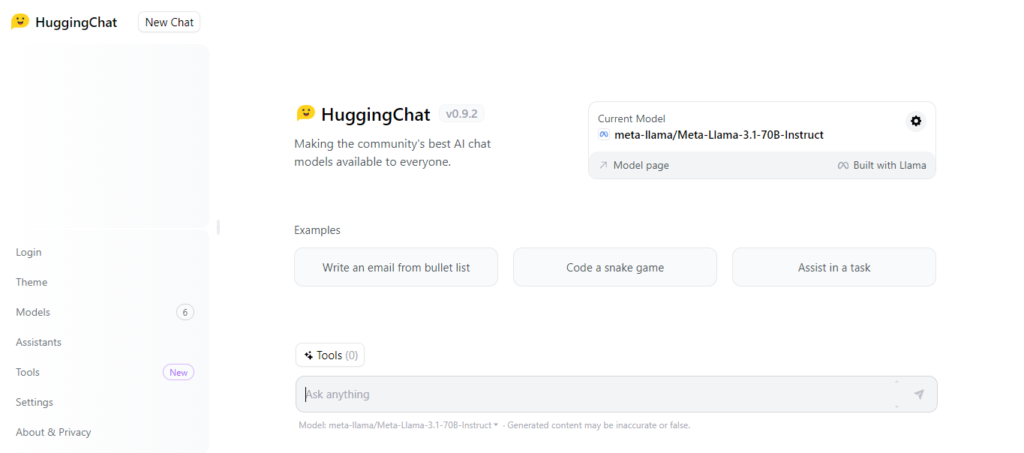
Developer: Hugging Face
Features: An open-source alternative supporting a wide range of languages and tasks. It’s built on community-driven development, offering flexibility for developers.
Website: HuggingChat
Pros and Cons
| Pros | Cons |
|---|---|
| Community-driven development | May require technical expertise for optimal use |
| Flexible integration |
Pricing: Free to use.
Ratings: ★★★★☆ (4.2/5)
6. Microsoft Copilot
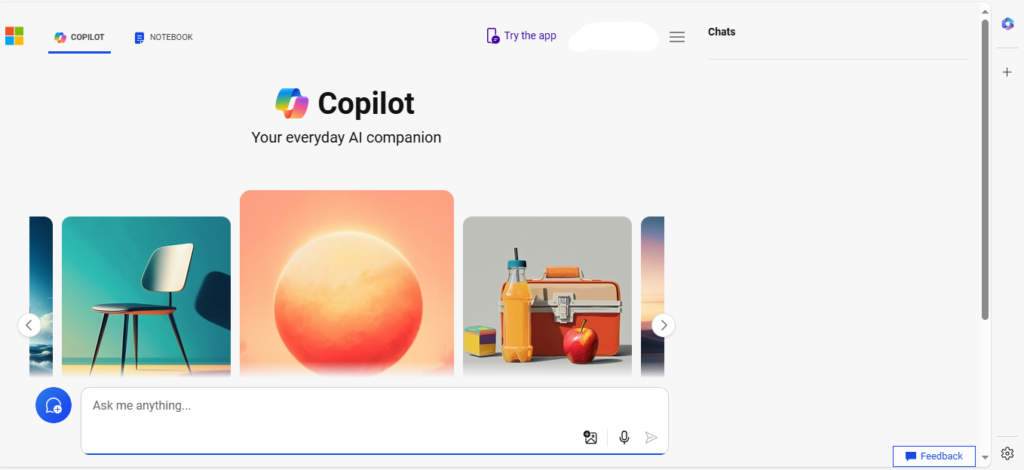
Developer: Microsoft
Features: Integrated into Microsoft Office products, enhancing productivity through AI-driven suggestions and automation. It’s like having an assistant within your Office apps.
Website: Microsoft Copilot
Pros and Cons
| Pros | Cons |
|---|---|
| Seamless integration with Microsoft tools | Best suited for users within the Microsoft ecosystem |
| Enhances productivity | Limited availability |
Pricing: Available to select enterprise customers; broader release details pending.
Ratings: ★★★★☆ (4.4/5)
7. Poe by Quora
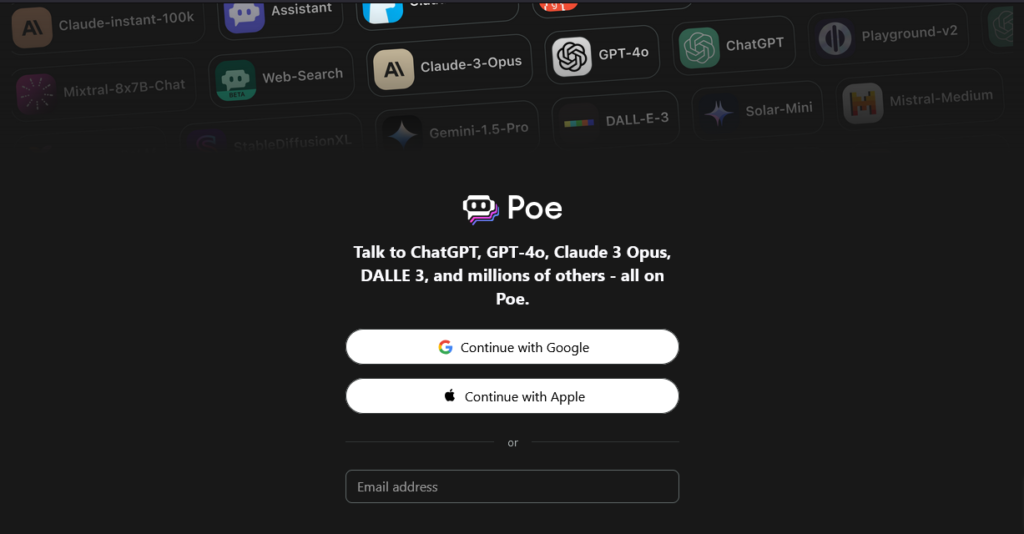
Developer: Quora
Features: Designed for question-answering tasks with a focus on community-driven content. It leverages Quora’s extensive database to provide detailed answers.
Website: Poe
Pros and Cons
| Pros | Cons |
|---|---|
| Handles diverse queries effectively | Limited to text-based interactions |
| Utilizes Quora’s vast knowledge base |
Pricing: Free with basic features; premium plans to be announced.
Ratings: ★★★★☆ (4.1/5)
8. Ernie by Baidu
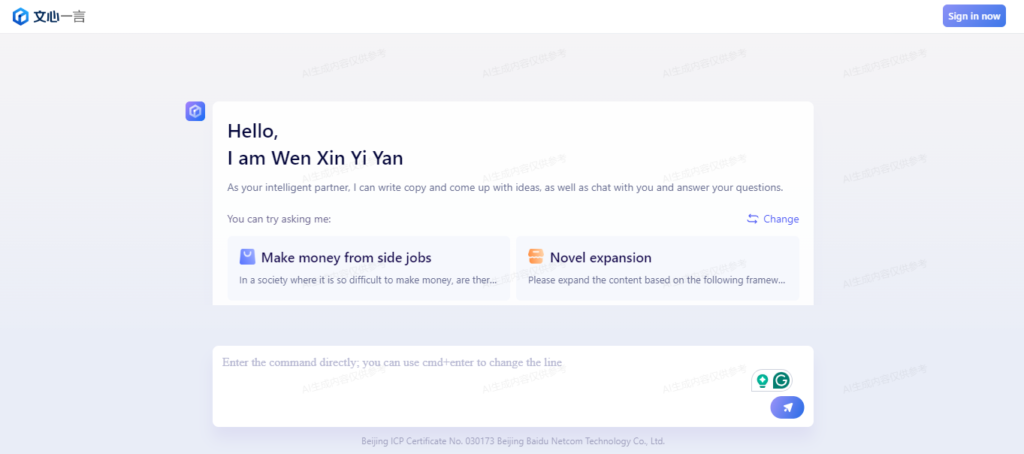
Developer: Baidu
Features: A powerful model optimized for Mandarin but capable in other languages. It’s excellent for Chinese language tasks and offers high computational capabilities.
Website: Ernie Bot
Pros and Cons
| Pros | Cons |
|---|---|
| Exceptional for Chinese language processing | Primarily focused on Baidu’s ecosystem |
| High computational power |
Pricing: Free with a Baidu account; enterprise solutions available upon request.
Ratings: ★★★★☆ (4.3/5)
9. LLaMA by Meta
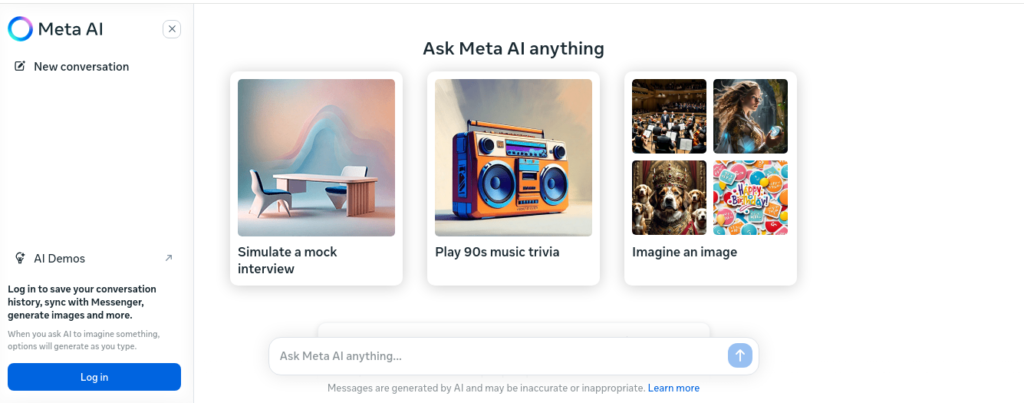
Developer: Meta Platforms
Features: An open-source model offering cost-effective performance comparable to leading models. It’s designed for researchers and developers seeking flexibility.
Pros and Cons
| Pros | Cons |
|---|---|
| Cost-effective and open-source | Developing ecosystem compared to larger competitors |
| Flexible for research purposes | Requires technical expertise |
Pricing: Free for research purposes.
Ratings: ★★★★☆ (4.0/5)
10. YouChat
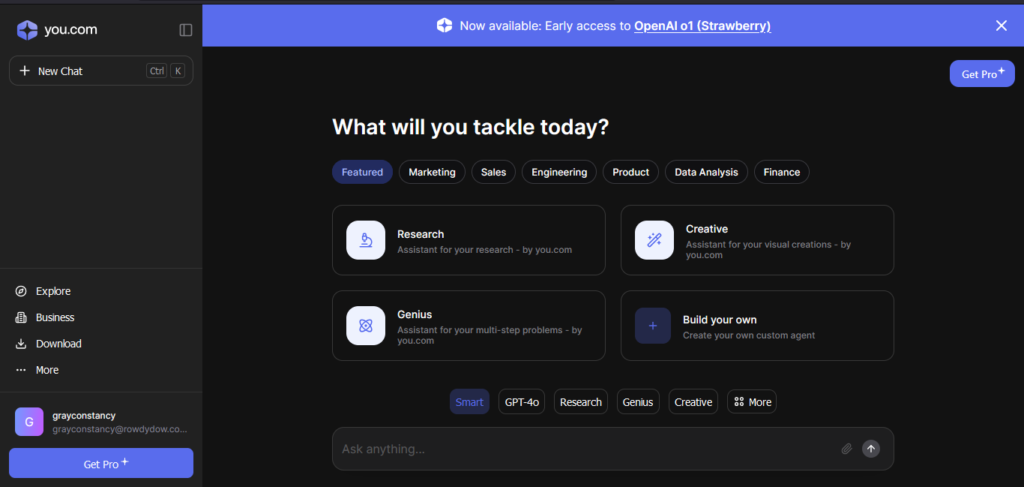
Developer: You.com
Features: Provides comprehensive answers across various domains with internet access for up-to-date information. It lists sources, adding credibility to its responses.
Website: YouChat
Pros and Cons
| Pros | Cons |
|---|---|
| Versatile in handling diverse queries | May provide outdated links or hallucinate references |
| Lists credible sources |
Pricing: Free to use.
Ratings: ★★★★☆ (4.2/5)
Real-Life Success Stories
Case Study 1
When a boutique marketing firm switched from Claude AI to Jasper for content creation, Jasper’s test custom pieces and plagiarism checkers truly proved useful, so they used those features time and again for the best fresh content. This change resulted in a 30% productivity gain along with visible uplifts in content engagement metrics.
Case Study 2
ChatGPT was helping an e-commerce business optimize customer service operations. The AI discerned 57% of 500 complex customer queries, reducing the support ticket rate by 40% and increasing customer satisfaction scores.
Case Study 3
If you need to manage multiple languages across the board, a worldwide non-profit organization espoused Google Gemini. It was also possible to coordinate international campaigns more efficiently, increasing donor engagement by 25% due to the seamless integration with Google’s ecosystem.
Claude-3 Opus Is The New King! Bye Bye, GPT-4
— Bindu Reddy (@bindureddy) March 26, 2024
Claude-3 Opus is now #1 on the human eval leaderboard! GPT-4 is now officially #2
Even more impressive, the extremely economical Haiku is close to being a GPT-4 competitor!!
This is excellent news for the market! We now have a… pic.twitter.com/ZhUaOjfodb
Which AI You Should Choose
This article will provide you with a practical roadmap to follow when choosing a good AI tool.
- Your business’s special requirements and use cases.
- Existing tech stack integration
- Scalability and reasonable pricing to engage long-term use.
- User-friendliness and user experience.
FAQs
Introduction to Claude AI: The conversational and problem-solving language model from Anthropic. So, you may want to look around to find features that match your exact requirements, explore various functionalities, and complete the whole purchase according to your budget.
Some alternatives may offer features like content creation, multilingual support, or better integration with existing tools.
The best is a matter of personal preference and depends on your specific needs. For more advanced conversational capabilities and code help in your chats, ChatGPT from OpenAI works great.
Well, you can try several free alternatives for that. HuggingChat and YouChat are free for all to use and offer plenty of value adds to help with general queries and conversational tasks.
Both AI tools have their own set of useful features depending on the use case. For instance:
ChatGPT does conversation well and can be used as a code assistant.
This is good for research since Perplexity AI gives real-time information along with the sources.
This is a part of Microsoft Copilot. Natural language AI assistance is built directly into Microsoft Office.
Most of these AI tools can be integrated. Both ChatGPT and Jasper have APIs that allow developers to use their AI models within their applications.
HuggingChat and LLaMA are more customizable and will loosely integrate with other software used within an organization. However, as they both use open-source stacks, getting everything up and operational may require a bit of a lift.
Conclusion
Exploring alternatives to Claude AI can open new avenues for enhancing your business operations. Each AI platform offers unique features and benefits, so take the time to assess which one aligns best with your specific needs. Remember, the right AI tool can significantly improve efficiency, decision-making, and overall business performance.
We invite you to share your experiences or ask questions in the comments section below. To stay informed and make the most of AI technology, subscribe to our newsletter or share this post on social media.










2 Responses